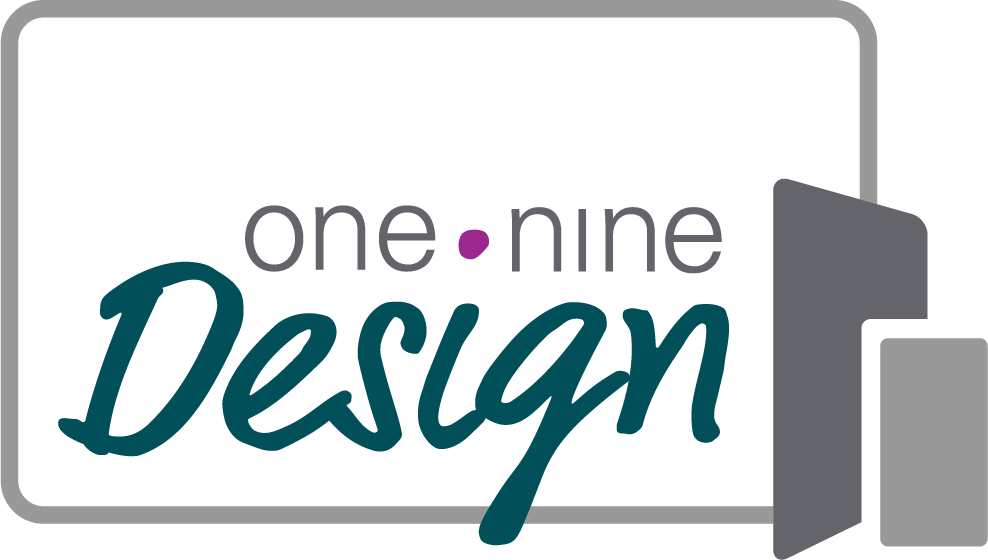How to create more engaging and effective content and repurpose it for greater distribution
Whether you're writing copy for your website, social media posts for Instagram, email newsletters, or blog posts, the content you create must be compelling enough to move a reader to take action.
Increasing traffic to your website is great, but the numbers don't mean a lot unless those visitors are sticking around long enough to read your content and engage with you.
The same goes for social media followers, email subscribers, and blog readers --- attracting them is just the first step.
The impact doesn't happen until you can deliver a message that resonates with their fears or goals and motivates them to take the next step.
So, what's the secret to creating more engaging content? It's always a trial-and-error approach (for me, anyway) but here are a few great places to begin:
Three ways to create more engaging content for your business
Understand Your Audience Before You Create
Creating compelling content without a grasp of your target audience is an easy mistake to make and a costly one. If you want your content to resonate with someone in a way that compels them to take action, you first need to know about the people you're trying to engage.
The best place to start is with the basics - demographics, interests, values, preferred social media platforms, buying behaviors, etc. Then, you can dive a little deeper.
What are they looking for from your content? What would make them pay attention and take the next step to engage with your brand more? What did they search to find you?
A basic Google Analytics account will provide much of this data, along with some basic keyword research.
Use the Right Format For Your Content
Creating consistent content should become your primary goal once you understand who you're targeting and what they want to know.
Some types of content are more engaging than others. Of course, that doesn't mean you should only make one type of content, but it is vital to have a mix of different modalities of sharing your message.
Video is by far the most engaging form of content that you can produce and share with your audience. Investing in corporate video production can be highly beneficial for your small business or nonprofit. You can use video in various ways, from sharing videos on social media to having a brand profile or showcase on your website.
Create Content That Provides A New Perspective
Every piece of content you create and publish should add value to your audience. It's easy to get caught up in the game of creating blog posts that will rank on Google or compete with others in your industry, but those strategies won't ultimately serve your potential clients or customers in the best way.
The best content will offer something unique - a new perspective or opinion on the topic at hand that makes your reader think and opens their mind to a new mindset.
If you're struggling with approaching a topic in your own voice, storytelling is a perfect place to begin. Telling stories helps to make your content more interesting, and it can be a great way to humanize your brand.
Whether you're telling stories about your journey as a business owner or organization or your customers, when you tell real stories about how your products or services have provided transformations in some manner, the impact can be powerful.
Less than half of all marketers (nonprofit directors included) report that they are effective in their content marketing plans (source). Even less than that have content marketing plans at all.
Here are three simple ways to repurpose your content (plus a bonus blog tip!)
Start with a blog post instead of a social media post
It’s more challenging to take a two-hundred-word social media post and turn it into something longer and more impactful versus starting with long-form content and breaking it down into smaller pieces.
If your nonprofit doesn’t currently have a blog, it’s relatively simple to start one, and though it requires a bit of maintenance and planning, the payoffs can be rather large. (Start with reading this post first for ideas on whether or not your nonprofit needs a blog).
You can break down each post into four or five key areas and use those on your social media feeds (for those who already have a blog). Give a little context about the main idea, share a compelling image (I always recommend Styled Stock Society membership for fantastic stock photos), and then link back to your blog so folks can read the entire post.
Bonus tip -- optimize that blog post!
If your blog post is about ten ways to volunteer with your organization during the holiday season, don’t stop there. Instead, offer a call-to-action at the end of your post with a few other ways supporters can help, as well, like providing a clear link to your online giving page.
Save your social media videos to use again
I love Instagram stories. If I’m going to be on the app during the day, I’m likely scrolling through stories. However, when it comes to posting, I really hate that this is essentially one-time use content, and sometimes it doesn’t feel worth it.
However, I learned that you can save Instagram video for repurposing, so that’s a great strategy to get a little more mileage out of your content.
This strategy also works for Facebook posts. When it’s time to write your next email to potential donors or volunteers, scroll back through your Facebook post and choose two or three posts that had a great engagement. Then, tie them together with a theme and use them as the base content for your next email.
Repurpose old emails for social media
If you’ve been keeping up with your email marketing program (please tell me you have!), this is another excellent source of content to bring to your website, or social media feeds. Revisit previous emails that cover topics like milestones, program or service launches, and success stories and share those in snippets on other platforms.
You can also use these short pieces of content to entice your followers to sign up for your emails. Create a simple landing page for sign-ups (I use MailerLite and recommend it to all my nonprofit clients) and set up a short automated welcome series for maximum impact.
In nonprofit marketing, there is no time to reinvent the wheel and spend all day creating content. Learning how to repurpose what you’ve already created and present it to a similar audience in a new way is an incredibly valuable skill to learn.
It also helps to have a plan! If you’re not using a digital marketing strategy to manage all of your online content, make that a priority for the year ahead. I have a comprehensive blog post about creating a digital marketing strategy for nonprofits, and I have a template in the Nonprofit Template Shop that will guide you through creating one in just a few hours!
Final Thoughts
While creating engaging content is an essential first step, having a plan in place to publish and promote that content must follow. If you're not already using a digital marketing strategy, I highly recommend taking the time to create one.
Once your content is out in the world, remember to repurpose it, engage with your followers and readers, and lead them into the next phase of working with you.
Until next time,
Andrea
One Nine Design is a digital marketing company helping small businesses and nonprofits learn how to use their website and email list to grow their reach and make a bigger impact!
You might like some of these related posts..





